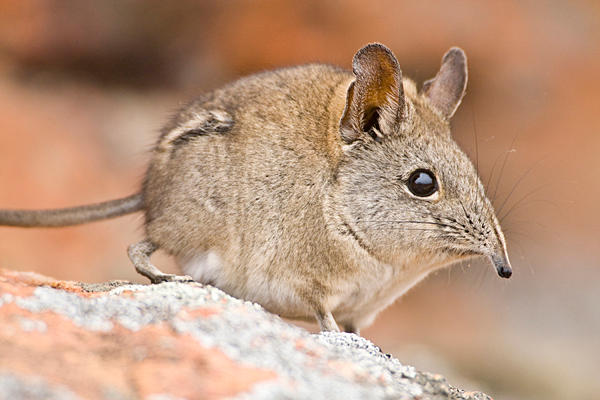by Ross Hanney
Just as every human I have ever met, I’ve often stayed up at night contemplating the inner workings of William Shakespeare. Ok, perhaps not everyone I met, but enough to provide an adequate segue into the question: What the hell was he thinking about when he came up with “The Taming of the Shrew?”
One satisfactory answer is that he loved Ovid. Not much to go on I know, but Ovid was a great influence on Shakespeare and his plot of metamorphosis creeps not-so-subtly into this play. The shrew, Katharina, is transformed from a violent woman into a gentle or broken creature, depending on the performance, males compete for the worthier mate though displays of aggression and deceit to be rewarded with a prize they live to regret, and the sexual tension in the play turns into the animalistic urge to procreate or vice versa.
But why all the violence?
In Shakespearean times, and indeed in the part of London where his plays were preformed, there was a violent mixing of animal and citizen in the forms of bear baiting and bull baiting. On the southern banks of the Thames, right alongside the stages where plays were performed, pits and arenas where these blood sports occurred were also built and frequented by many people. In these arenas, a bear or bull would be chained up and then hunting dogs would be set on it. The dogs would be replaced as they were killed or injured or tired until the bull or bear was either dead or incapacitated. With these arenas neighbors to the playhouses, it a wonder that “Taming of the Shrew” wasn’t any more violent. The themes of these blood sports make it into the play as male aggression and competition against the animal-like quality of Katharina.
Another widely referenced allusion to animals in this play is that of the falcon or hawk, specifically to training these animals in the sport of falconry. Within the play, Petruchio denies food and rest to Katharine which are some of the same devises used to tame and train these birds of prey in the sport. That these birds are compared to strong women is no coincidence because the female peregrine falcon is the larger and stronger of the two sexes, sought after by hunters diligently. Just as well, the comparison of Katherine to a hard-tamed bird of prey is apt because the older the bird, the harder it is to tame/train.
With all this in mind, it’s easier to understand how this play come about. Shakespeare was responding to the times, location, and his own interests when he wrote this play. The Ovidiean themes, the brutality of bear and bull baiting, and the training of birds of prey all find a place in this fascinating and wonderful play.

Alchin, Linda. “Elizabethan Bear & Bull Baiting.” Elizabethan Era. elizabethan-era.org.uk/elizabethan-bear-bull-baiting.htm. Web.
Andersen-Thom, Martha. “Shrew-taming and Other Rituals of Aggression: Baiting and Bonding on the Stage and in the Wild.” Women’s Studies, Vol 9, pages 121-143. 1982.
Animalia Life. Photograph of Shrew. Animalia-life.club/shrew.html. Web.
“Shakespeare and Hawking: Shakespeare, Smith, and Hawking.” Shakespeare Authorship. Politicworm. Web.